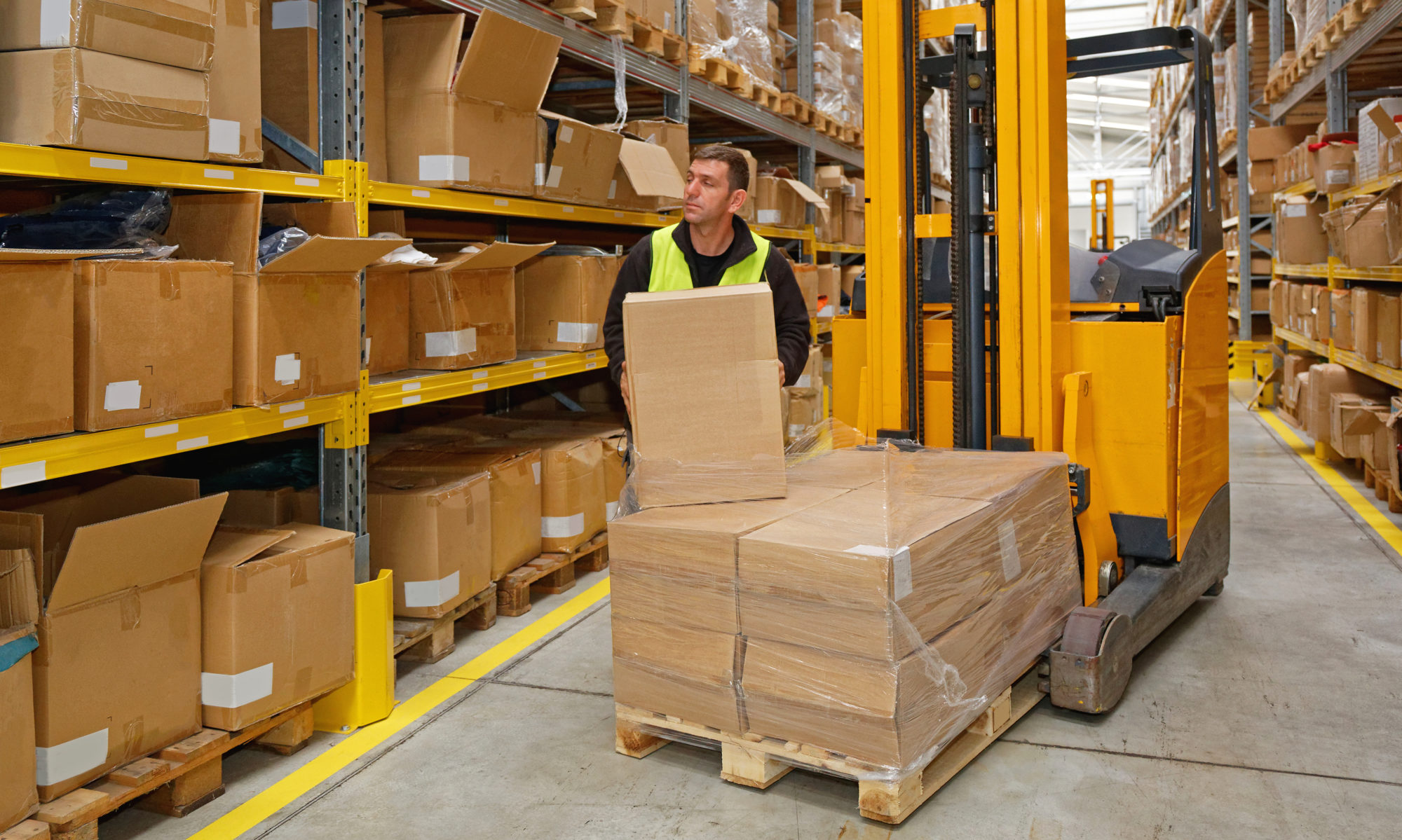For 2023 you made a resolution to lose weight, read more and eat your vegetables. Have you given any thought to New Year’s resolutions that you made for your Ecommerce business? With May upon us, it is time to review what you resolved to do with your business now to see that you are on track to meet your goals.
Our fulfillment warehouse team is here to offer some helpful suggestions to help you stay on track or catch up.
1. Step up your customer service.
If December is a month of sales, January is a month of returns. People are taking stock of their gifts, sorting out which ones to keep and which ones to send back.
While no business enjoys dealing with returns, how you handle them will greatly affect how customers perceive you. Gracious and professional customer service will leave people with a favorable impression. In many cases, you may even manage to turn those refunds into sales.
If you did not review your return policy and customer service, now is a good time for a checkup.
2. Get creative with marketing techniques.
Post-holidays, customers go into January with a shopping hangover, leaving sales as cold as the temperatures. Dig deep into your marketing bag of tricks for creative ways to generate sales. There is still time to do some constructive promotion planning this month to assure you meet your sales goals.
Consider these possibilities:
• Review abandoned shopping carts from the last few months and send emails to gently prompt customers to complete the sale.
• Encourage shoppers to redeem gift cards at your online storefront.
• Make judicious use of discounts and coupons. For example, make them contingent on a minimum purchase to drive multiple sales.
3. Analyze your inventory.
After the controlled chaos of the holiday season, inventory numbers may be off. Now is the time to reconcile quantities on hand and current pricing to avoid disappointed customers.
Did you turn up some products that didn’t move as well as expected? Run a sale to help clear out those items and make room for new products.
If you skipped this review earlier in the year, now is a good time to take stock of your inventory and do clearance sales or routine reorders.
Team Up with Our Fulfillment Warehouse
Inventory reporting and quality customer service are just two of the benefits provided by partnering with Medallion Fulfillment & Logistics. Contact us today for more information.





 Subscribers can quickly become un-subscribers, so identifying and attracting new audiences is an important part of your e-newsletter strategy.
Subscribers can quickly become un-subscribers, so identifying and attracting new audiences is an important part of your e-newsletter strategy.